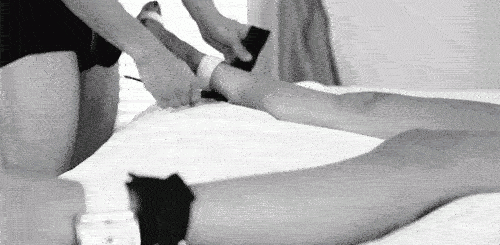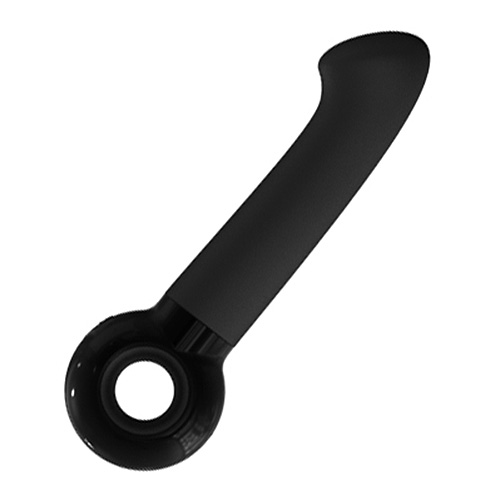How Sexy Are Body Piercings?
Body piercings, tattoos, or both? Whether you love being pierced or prefer getting inked, body modifications can still be controversial in some circles, I have a lot of tattoos and looking at some awesome ideas of genital piercings.
I will be looking at the names of and how body piercings can add to the sexiness of people, we are all for people celebrating their uniqueness and displaying their creativity through the many various forms of body art. So in this blog, we will look at piercings & how they’ve influenced people’s sex life, my thoughts on body mods in general and the various types – including a comprehensive list of intimate/genital piercings.
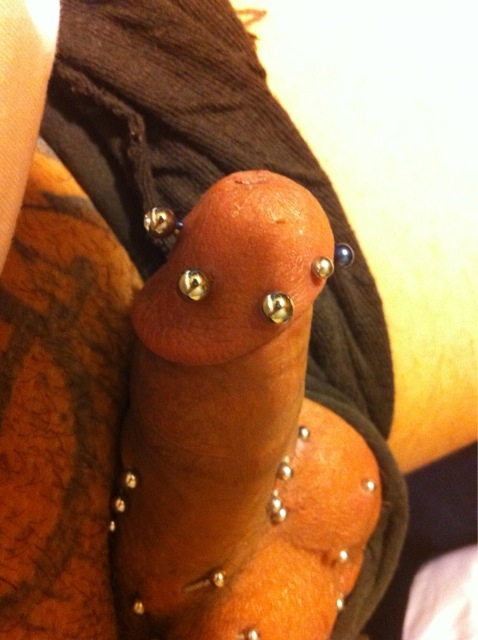
So let’s make it easier to ask and search for Intimate Body Piercings
- Deep Clitoral Hood – A variation of clit hood piercing that passes deeper through the hooded area.
- Vertical Clit Hood – Clitoral hood piercing oriented vertically.
- Horizontal Clit Hood – Clitoral hood piercing oriented horizontally.
- Clitoral – Piercing directly through the head (glans) of the clitoris itself. Potential for nerve damage; rarely carried out.
- Isabella – Extremely deep clitoral shaft piercing which starts below the clit and just above the urethra, and exits at the top of the clitoral hood.
- Labia Majora – Piercings on the larger folds of the vulva.
- Labia Minora – Piercings on the lips central in the vulva, outside of the opening to the vagina.
- Triangle – A piercing which passes through the labia minora, beneath the base of the clitoral hood, and through the labia minora on the other side.
- Fourchette – Best suited to those with a flap of skin available for this piercing at the rear rim of the vulva (frenulum labiorum pudendi). This is where the labia minora meet posteriorly.
- Suitcase – Similar to the Fourchette, but deeper and it enters on the perineum.
- Princess Albertina – Named for its anatomical similarity to the Prince Albert piercing. A ring piercing the lower wall of the urethra.
- Christina / Venus – Situated below the pubic mound, where the labia majora meet. Highly dependent on anatomy style.
- Nefertiti – Combination of a VCH and a Christina. A flexible bar is recommended due to the amount of tissue the piercing goes through.
- Pubic Piercing – A piercing which is above the penis or above the vulva, on the mons pubic (similar to the Christina, but horizontal).
- Guiche – A horizontal piercing through the perineum.
- Anal – A perineum piercing which exits through the anus.
- Ampallang – A piercing through the glans (head/tip) of the penis, which passes through it horizontally.
- Apadravya – Similar to the Ampallang piercing, except this one pierces the penis glans vertically.
- Prince Albert (PA) – An extremely popular piercing, which is from the underside/immediately behind the penis glans, exiting through the urethral opening at the tip of the penis.
- Reverse Prince Albert – This piercing enters through the urethra at the tip of the penis, and exits through a hole pierced on the top of the glans.
- Dydoe – A piercing through the coronal rim of the penis glans.
- King’s Crown – Several Dydoe piercings around the rim of the penis glans.
- Foreskin – A piercing which passes through the foreskin of the penis, on any side. Similar in this way to the clitoral hood piercings on alternate anatomy.
- Frenum – A piercing through the penile frenum, the small bridge of skin connecting the glans to the shaft.
- Hafada – A surface piercing of the skin of the scrotum.
- Lorum – A horizontal piercing on the underside of the penis, where the base of the shaft meets the scrotum.
- Jacob’s Ladder – A ‘ladder’ of penis piercings from the frenum down to the scrotum.
Ok, they sound cool but what about Non-Genital Piercings?
There are many types of non-genital body piercings that you may also be interested in, but I don’t have room to go into them all here. You can find an excellent list of the various names and descriptions on this Wikipedia page.
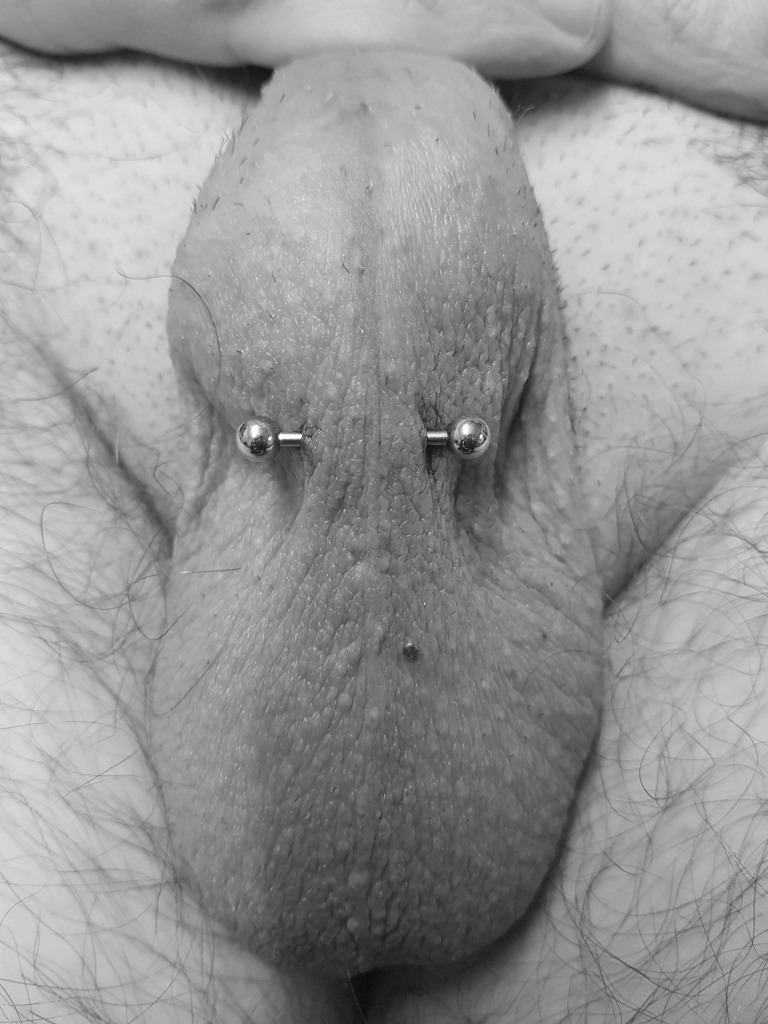
Can You Ever Go Too Far?
How do you know when you’ve gone ‘too far’ with body piercings? Body modifications are all down to personal taste, and it’s your individual choice of how many piercings they get, and where. Unlike tattoos, if you decide at a later date you don’t want a particular piercing anymore, you can simply remove the jewellery from it and the piercing either closes up or at least becomes less visible. Standard piercings can be made temporarily less visible too, by opting not to wear jewellery in them.
Deciding To Get Pierced
The best time to decide to get pierced is after researching the type of piercing you’re interested in, the place you want to get pierced, and after giving it a lot of careful consideration. Get very familiar with what the procedure involves for your chosen piercing type, how much you can expect to pay for it, how to care for the piercing in the immediate time following the piercing/while it’s healing, and how that particular piercing may affect your everyday life -and possibly your shared or solo sex life, too.
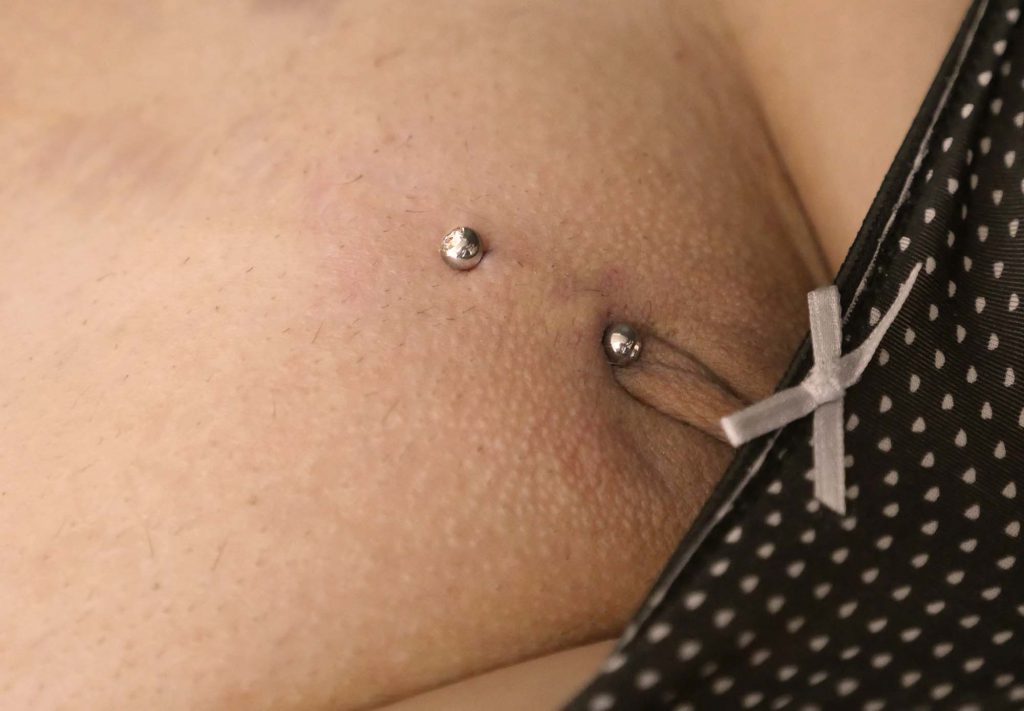
How To Get Body Piercings
Once you’ve decided on your piercing type and location, it’s time to book an appointment to get it done. Be aware that in the UK there are currently no regulations about body piercing. This means there are no minimum age requirements in place, apart from 16 for naughty ones. You will need to be extremely careful who you choose to pierce you.
Find a piercing studio that seems to check out, with regards to plentiful honest positive reviews. Many tattoo studios will also offer piercing services. Be wary of unknown piercing studios; those without any online presence such as social media or customer reviews, or who seem excessively cheap. A good body piercer won’t mind talking you through the procedure to put your mind at rest, and will have a good all-round knowledge of the types of piercings available and the correct hygienic and healing after-care. You should be able to have a chaperone along with you if you so wish. Never continue a procedure if you feel uneasy, unsafe or otherwise worried about going ahead.
Piercing Aftercare & Tips
How are you supposed to look after a piercing once it’s done? Are there any ways you can aid healing –and avoid irritation, pain and even infection?
The time for piercings to heal varies hugely depending both on the person and the type of piercing it is. Immediately following a piercing, you should be advised by the piercer to properly clean the area on a daily basis to avoid bacteria build-up and potential infection. Be aware that alcohol-based solutions may dry the piercing out too much, resulting in dry, cracked skin. You can purchase specific post-piercing solutions that keep the area hygienically clean.
In the case of a genital piercing, you may be advised to clean it with a different type of solution and to refrain from sexual activity (masturbation or intercourse) for a certain amount of time until the piercing has properly healed. Depending on the type of piercing, a condom may be recommended (or similar barrier) after the piercing has started to heal, to provide extra protection while it finishes healing fully. Genital piercings can take anywhere from a week up to six months to heal completely.
Final Thoughts
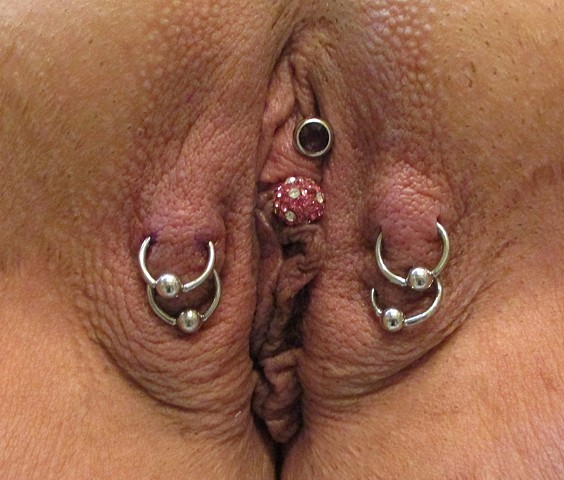
There are various forms of body modification attractive and sexy, and body piercings are no exception. It’s not just where a person is pierced, it’s also the implication that the pierced person is a free spirit and feels able to express themselves in this creative and artistic way.
And that’s just the everyday visible piercings. There are, of course, erotic and arousing overtones to the more intimate type: genital piercings. I’ve enjoyed sexual fun with previous female lovers who had pierced nipples, tongue and in the vulval region. There’s also been plenty of kinky power exchange fun with male submissives and slaves with Prince Albert piercings.


